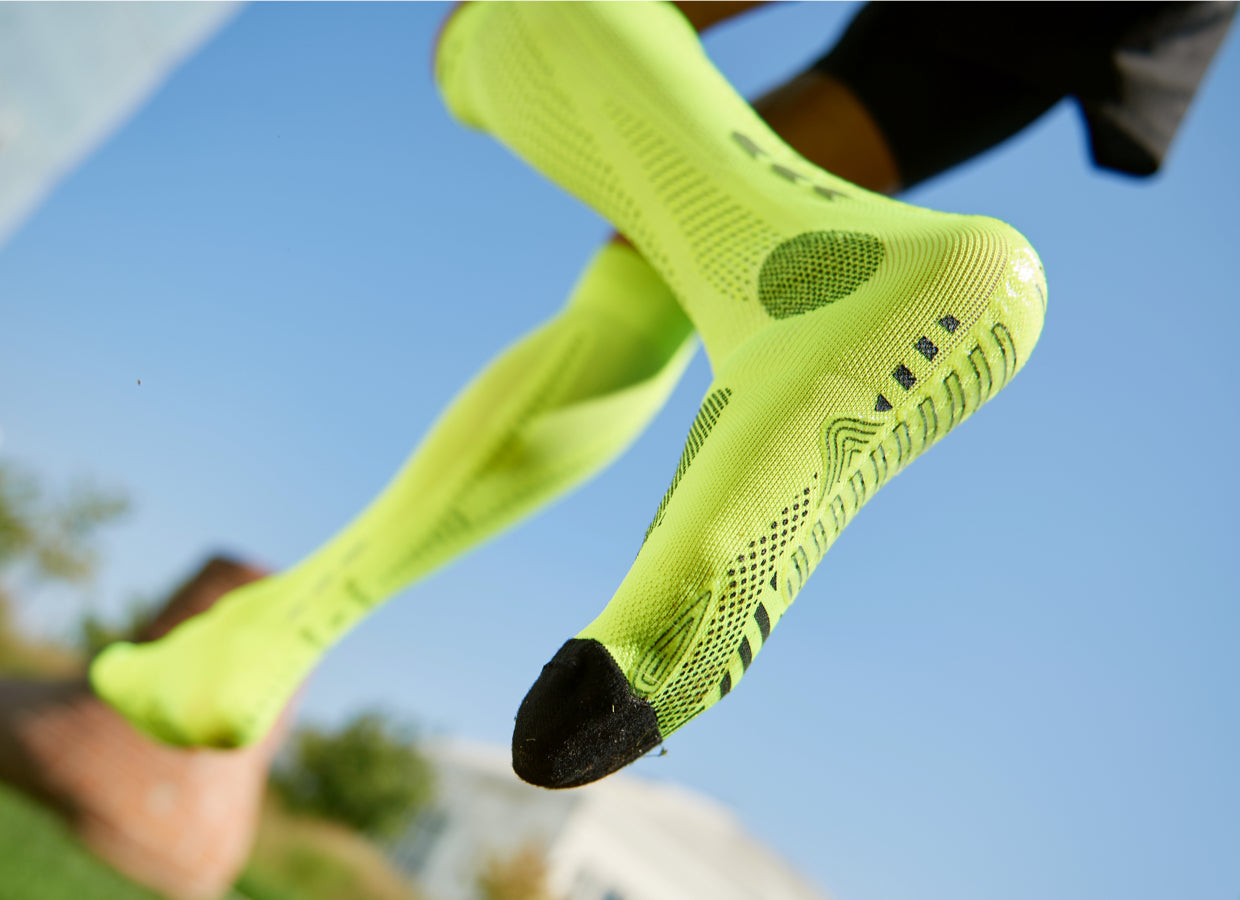The tennis is an increasingly popular sport not only among athletes but also among beginners or those looking for recreation, both for its simplicity of play and because it is an extremely enjoyable sport. However, it is a sport that carries the risk of injuries.
A game of tennis, in fact, requires quick and frequent changes of direction, as well as repeated arm movements with the racket: the combination of these activities requires proper athletic preparation, especially to avoid accidents and pains.
Tennis: Most Common Injuries
Injuries in tennis can be of two types: accidental, such as slipping or being hit by a powerful shot; or it can be an overload injury: the intensive use of the racket and the repetition of the same movements, in fact, tends to damage the joints, especially the joints of the upper limbs. Below, we list the most frequent injuries related to this sport.
Epicondylitis or Tennis Elbow
Epicondylitis is a typical issue in sports that involve the use of a racket. In this case, inflammation is caused by an overload of the extensor muscles of the forearm because the elbow is stressed by the vibrations of the racket, leading to inflammation of the tendons. It is one of the most common problems for those who practice the sport.
Inflammation of the Rotator Cuff
The use of the shoulder to generate force in the stroke can result in an overload of the rotator cuff (a muscle-tendon complex that, in synergy with the deltoid muscle, allows lifting and rotating the arm, stabilizing the shoulder and preventing dislocation). The athletic motion in tennis can therefore wear out the tendons, even leading to their rupture. Dislocations of the shoulder, although not very common, are still possible, especially in individuals without adequate muscle strength.
Tennis: Wrist Pain
Wrist inflammation is quite common; the wrist is constantly stressed due to the twists necessary to hit the ball with the racket and is therefore exposed to the risk of injuries.
Tennis and Back Pain: Lower Back Pain
The playing position with a low center of gravity, the twists, and sudden rotations that occur during this sport stress the spine and its muscle groups, leading to back pain. Symptoms are very common, especially in the lumbar region; they are due to very fast movements, with sudden stops and starts that strain the muscles of the lower back. Muscle contractions are also common in this area.
Inflammation of the Achilles Tendon
Continuous impacts with the playing surface, frequent changes of direction, and the vibration from jumps tend to inflame the Achilles tendon. This is one of the most common injuries, causing pain and discomfort.
Ankle Sprain
An ankle sprain, similar to the issue with the Achilles tendon, can be caused by continuous and abrupt changes of direction in tight spaces and fast-paced times.
How to Prevent Injuries in Tennis
The first rule for preventing injuries in tennis is to approach the sport only after adequate athletic preparation. This is often overlooked due to the simplicity of the discipline and the lack of a widespread culture of primary prevention and its importance in the sports medicine sector.
In addition to awareness, there are exercises that help safeguard the health of muscles and joints during tennis practice.
Tennis Training
Pre and post-match training is essential for maintaining well-being and physical health. That's why there are some exercises that can be done to prepare for sports practice effectively.
- Running and Specific Exercises. Before starting the sports activity, it is necessary to do a few minutes of running and some specific exercises, such as strides, to gradually activate the muscles and prepare them for contraction, avoiding strains and injuries.
- Stretching. Once the game is over, dedicating a few minutes to stretching helps safeguard the health of muscles and joints, avoiding painful muscle contractions, especially in the lumbar region, caused by continuous jumps and playing positions.
- Muscle Strengthening. Equally important to reduce the risk of injury are muscle strengthening exercises for all parts of the body most stressed by technical movements and continuous changes of direction, namely arms, lower limbs, and the core area.
- Proprioceptive Gymnastics. Stability exercises and proprioceptive gymnastics are useful for improving balance and coordination, thus avoiding incorrect movements.
Choosing Tennis Attire
In parallel with training, equipment also plays an important role in reducing the risk of injuries. Footwear, first and foremost, must be suitable for playing conditions: if playing on grass, shoes are needed to prevent slipping, while for fast or hard surfaces, it is better to opt for cushioned shoes.
Additionally, one can wear a biomechanical sock to prevent injuries and inflammation resulting from jumps, abrupt movements, and sudden sprints. For instance, S-MASH is a biomechanical sock designed for paddle tennis and tennis to ensure stability for the foot during sports activities and directional changes. This way, one can play and have fun without the risk of injuries.
FLOKY has also created NO-STRAIN, a biomechanical sleeve designed to reduce vibrations that cause inflammatory issues and injuries, particularly suitable for tennis.




